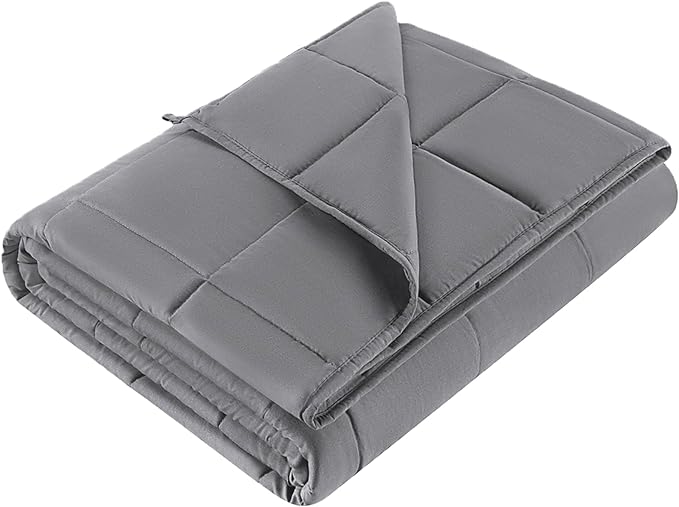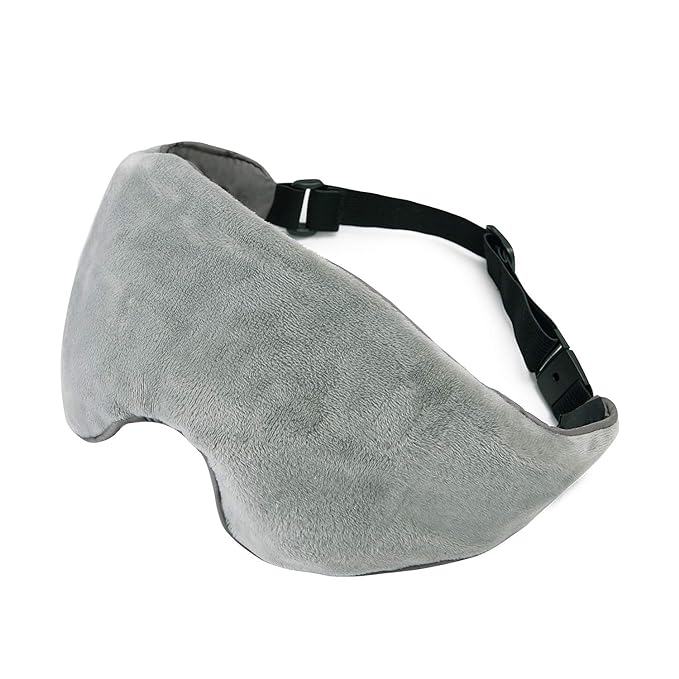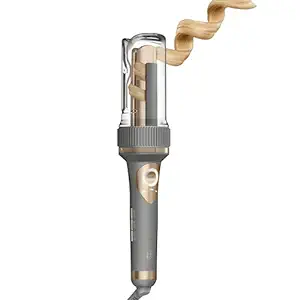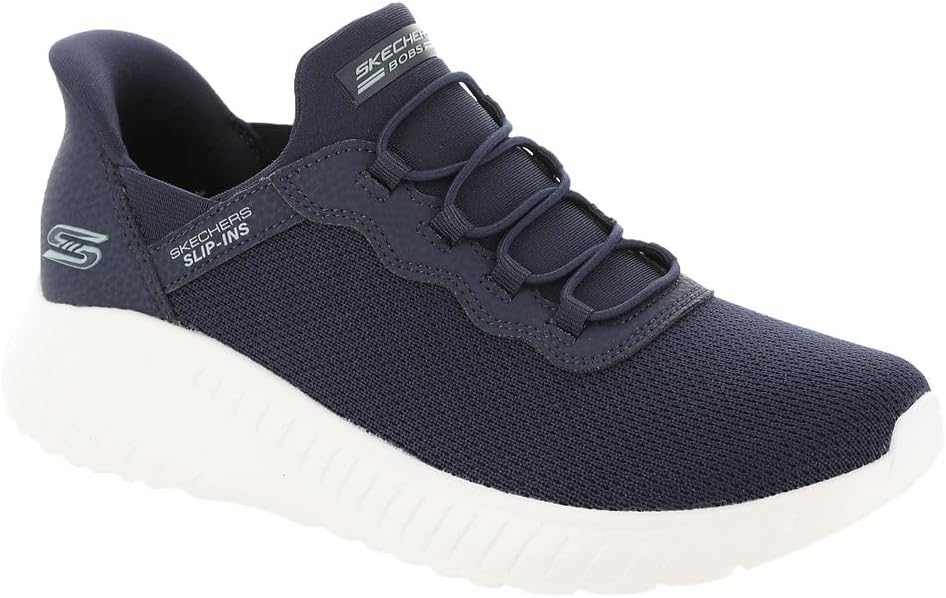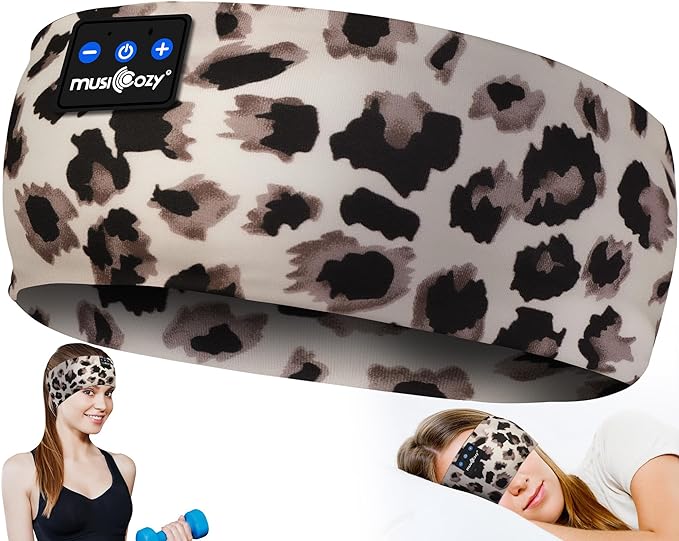5 Apps That Pay Me to Work Out
This post may contain affiliate links.
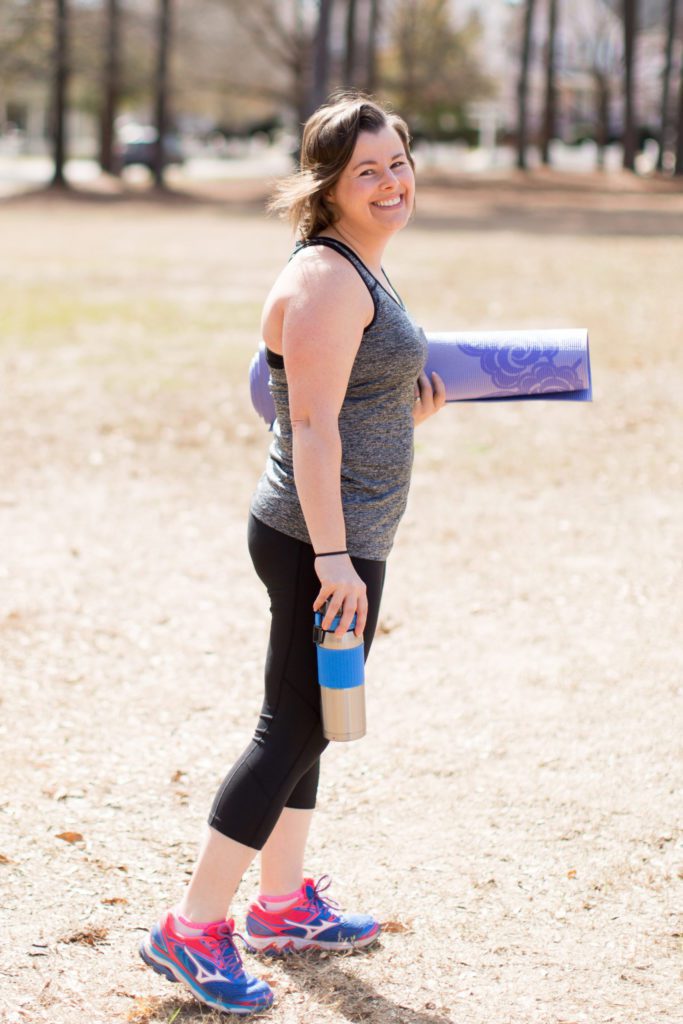
Even though I love being active, and I know there are countless benefits to staying active as I get older, I have to admit that I don’t always *feel like* getting up and running or lifting weights.
It’s one of those things where I’m good with it once I’m actually doing it, and afterwards I’m usually glad I did it, but getting myself to actually get out the door and move can be a challenge.
Pre-pandemic I had a regular schedule of dropping my son off at preschool and then meeting a friend at the gym 3 or 4 days a week. I did this for so long, I assumed my workout habit was so solid that there wasn’t much that could knock me off track.
… Cue March 2020.
Gyms were closed for at least 2 months. Our gym opened back up as soon as they were able to when quarantine was lifted. I was anxious to get back to “normal” ASAP but found I wasn’t comfortable working out with a mask on at the gyms.
We decided to take the money we would have spent on renewing our gym membership for another year and we set up a home gym instead
I was pretty confident that having a full gym conveniently located in my house would mean we’d be working out all. the. time. and back in our routine of regular activity.
Nope.
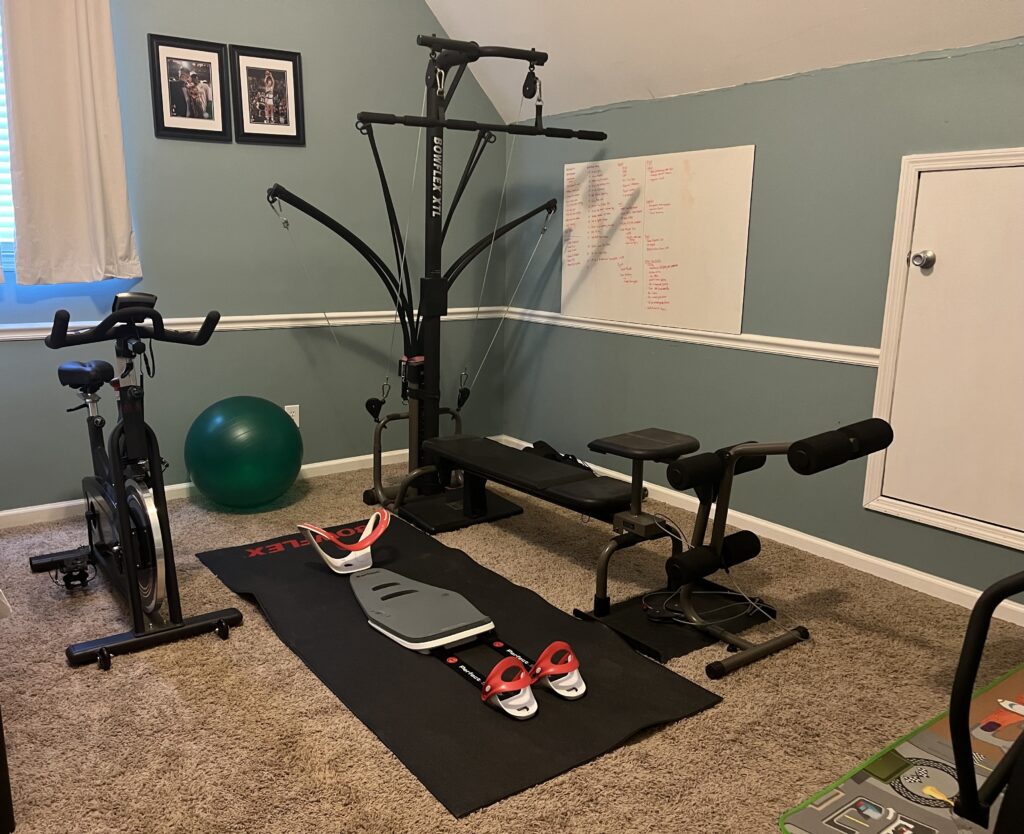
Despite it being super convenient to walk down the hall and workout whenever I felt like it, I had a hard time getting it into a regular routine with it.
Once I was in the workout room and got started, I had no problem doing a workout. It was the inertia of getting myself in there and working out that was a big struggle.
I tried all kinds of rewards and motivational tricks to get myself into a regular routine using my home equipment but I couldn’t do it consistently.
I couldn’t understand it since I enjoyed working out, it was ridiculously convenient, and I had plenty of equipment to keep my workouts interesting.
What I realized was that my fitness habit hadn’t been as solid as I thought. After the quarantine hiatus, I was struggling to get back into the same routine I’d had prior to COVID.
I realized that the missing ingredient wasn’t the convenience, or the assortment of available equipment, but it was the accountability and my workout partner that I’d meet there a few times a week.
It wasn’t enough for me to want to work out, I actually needed someone to SEE me and be part of my workout program with me in order for me to actually do it.
Overcoming My Workout Inertia
With this knowledge in hand, I started looking for What finally helped me become more active on a daily basis was joining a StepBet.
In case you’ve never heard of it, StepBet is an app that offers paid challenges with the possibility of earning the entry fee back if you reach the daily and weekly personalized step goals, which are based on your own activity tracker history, until the end of the challenge.
As soon as there was some kind of visibility of my workouts and public accountability for reaching my daily step goal, I had a much easier time getting back into a regular activity habit.
I started joining multiple bets at one time, figuring if I was doing the work for one challenge anyway, I could be winning other challenges simultaneously and tripling my earnings.
Then I thought, if I was already moving, but maxed out on how many StepBets I could participate in at one time, I should find some other apps to earn rewards for the activity I was already doing. After some trial and error and lots of app downloads, I learned that the apps that work best to motivate me to get up and keep me moving have the following features:
- Gamification – these apps celebrate consistent activity with awards, badges , or points when I keep my movement streak going
- Cash and Gift Card Rewards – these apps that award points for activity give you the option to cash them in for actual cash or e-gift cards
- Loss aversion – the fact that I’d put up some cash (even a small amount!) and I’d only get it back if I met my goal was a surprisingly good motivator. I was surprised how much I was willing to exert myself to NOT lose a $10 bet!
- Public accountability / visibility– Even if it’s just strangers, knowing that someone somewhere was “competing” with me in these challenges got me up and moving
Fitness and challenge apps that I use

Evidation
Evidation is a health data collection app that rewards members for tracking their activity through a wearable device and participating in health research studies.
When you join Evidation, you can earn points for tracking actions like walking, sleeping, taking surveys, reading health-related articles, and participating in health programs and research. You can redeem your points for cash or donate to the charity of your choice.
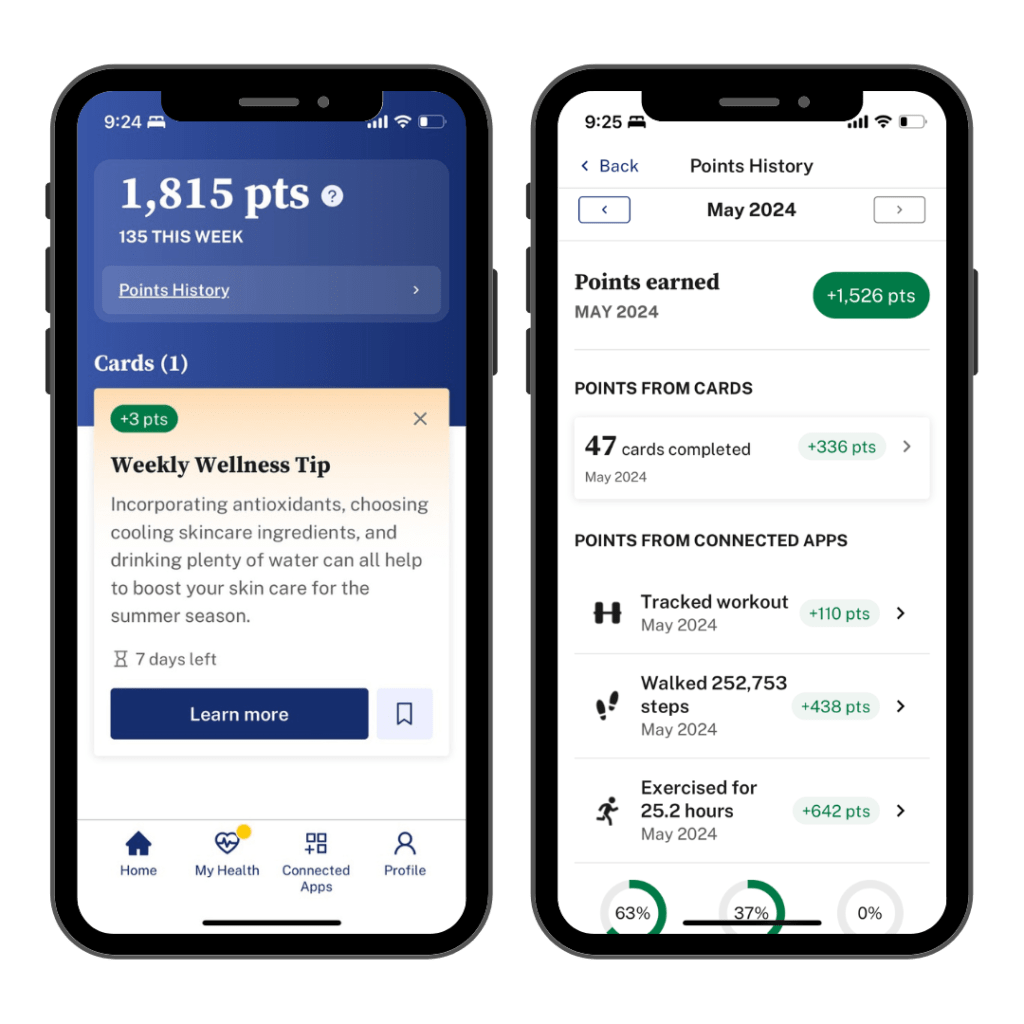
Once you’ve accumulated 10,000 points you can cash in for a $10 reward. I sync the app with my Apple Watch and it tracks my steps and my workouts. Between my activity points and the points awarded for answering short surveys and reading articles, I usually accumulate enough points to earn my $10 reward in 3 to 4 months.
The Reward: $10 every 10,000 points 3 or 4 times per year

Paceline
This app also awards points for tracking your activity. When I first joined Paceline in 2022, I would earn a $1 Amazon gift card for completing 150 minutes of activity per week.
There was also an option to save up your points and cash in for a higher value gift card at other places, like Starbucks, or redeem them for discounts on the health and wellness products available in the Paceline Marketplace.
It doesn’t sound like a lot, but it was $52 a year to spend on Amazon, which I was going to do anyway.
In 2023 they changed their points and rewards program. Now they award 400 “Pacepoints” if you complete 50 minutes of activity per week, 800 additional “Pacepoints” if you complete 150 minutes of activity per week, and 300 bonus “Pacepoints” if you complete 300 minutes of activity each week. This means the maximum number of points you can earn in one week is 1500 points.
Sadly, they got rid of the $1 Amazon giftcard, and replaced it with a Marketplace where you can cash in your Pacepoints on things like charitable donations, a two month free trial to Barry’s X, mystery gifts, and gift cards.
The gift card options are limited… you can get a $5 Starbucks giftcard for 24,000 points, a $5 Adidas gift card for 24,000 points, or an $8 Spafinder giftcard for 35,000 points.
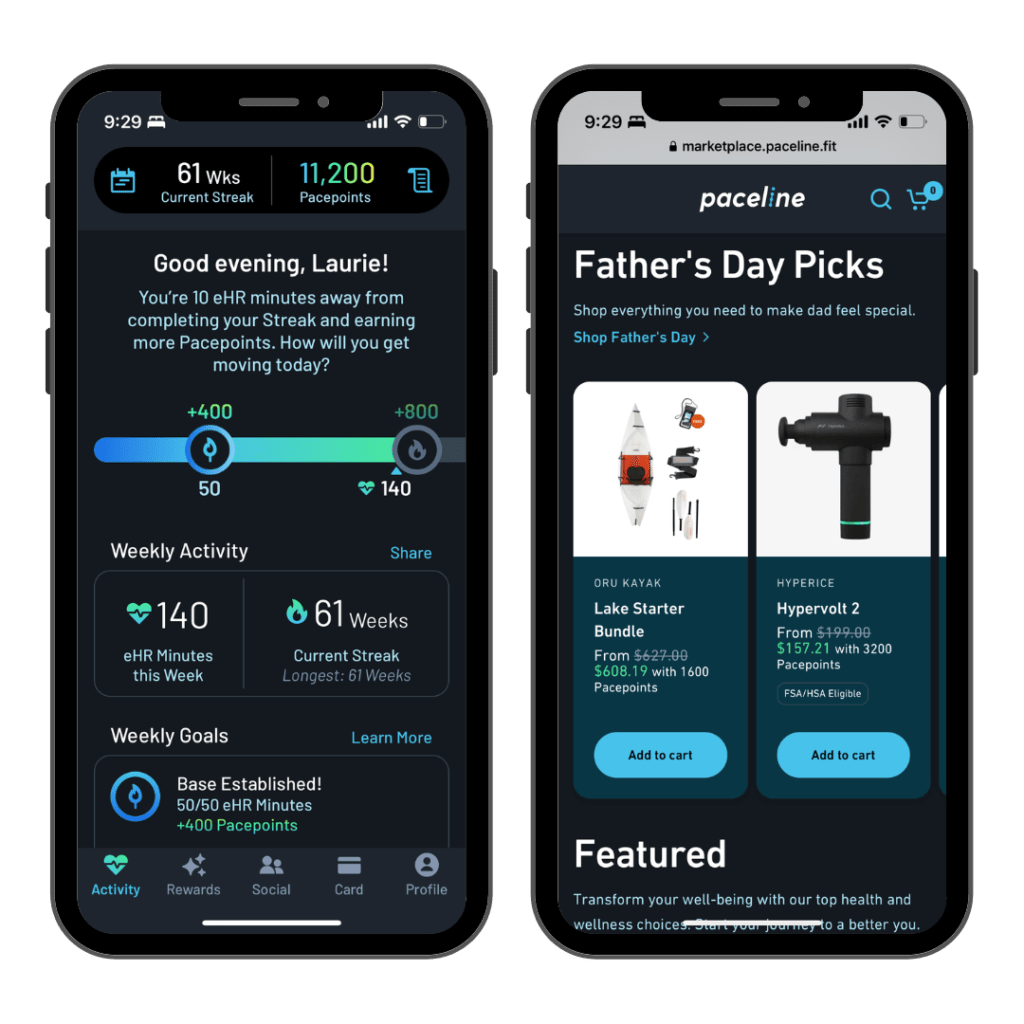
Do some quick math, you can see this wasn’t a change for the better. I used to be able to earn $52 in Amazon giftcards each year. Now it takes me 16 weeks to earn a $5 giftcard to Starbucks.
Pacepoints expire 24 weeks after the calendar week in which you earned them. Because the app is synced to my watch, I automatically earn these points each week without having to manually track anything, otherwise I probably wouldn’t bother.
The Reward I choose: a $5 Starbucks GC every 4 months.

Dick’s Sporting Goods – Scorecard
The rewards program at DSG has 3 tiers:
- SCORECARD – enrollment is free
- GOLD – you’re eligible for this level if you spend at least $500 at DSG per year or if you are an active ScoreRewards credit card holder)
- ScoreRewards – eligibility is dependent on being a ScoreRewards Credit Card Member
You’ll receive a $10 DSG store credit when you earn 300 points.
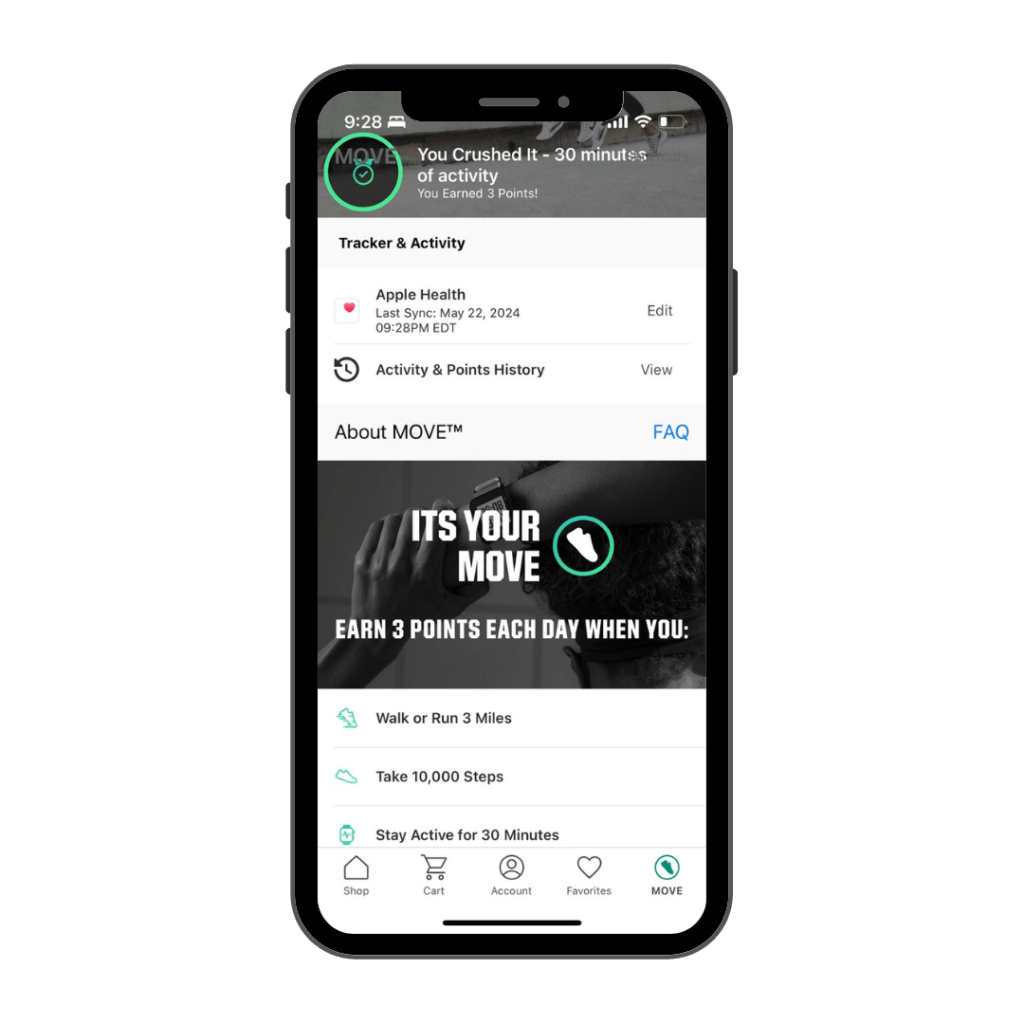
On the free tier (SCORECARD), you can earn up 3 points per day (per ScoreCard account) by syncing your wearable tracker with the app and doing any one of the following in one calendar day:
- Reach at least 10,000 steps
- Complete at least 3 miles
- Complete at least 30 minutes of fitness activity
I can usually accrue the 300 points for the $10 reward in about 100 days.
The Reward: $30 DSG credit each year.

Stepbet
This is the app that started it all for me. This app only has games based on step count. The games vary in intensity and duration. Your step goal for each game is personalized, based on your activity/exercise tracker history so all participants are actually competing with themselves more than anyone else. StepBet has a community feature that allows you to post comments during the bets and cheer each other on.
Some games give out awards at the end for the member who invited the most players to participate or the member who provided the most support to the community. Some games have drawings at the end for health and fitness related items such as a pair of walking shoes.
StepBet membership is $59.99 per year and allows members to play up to 3 games at once and provides access to exclusive member-only games with prizes and unique challenges.
Because the Step Goals in each challenge are based on my own step history, the goals are within the range that I feel comfortable walking on a daily basis. Most games include a Power Day, which is when the daily step goal is about 20% higher than a normal Active Step day.
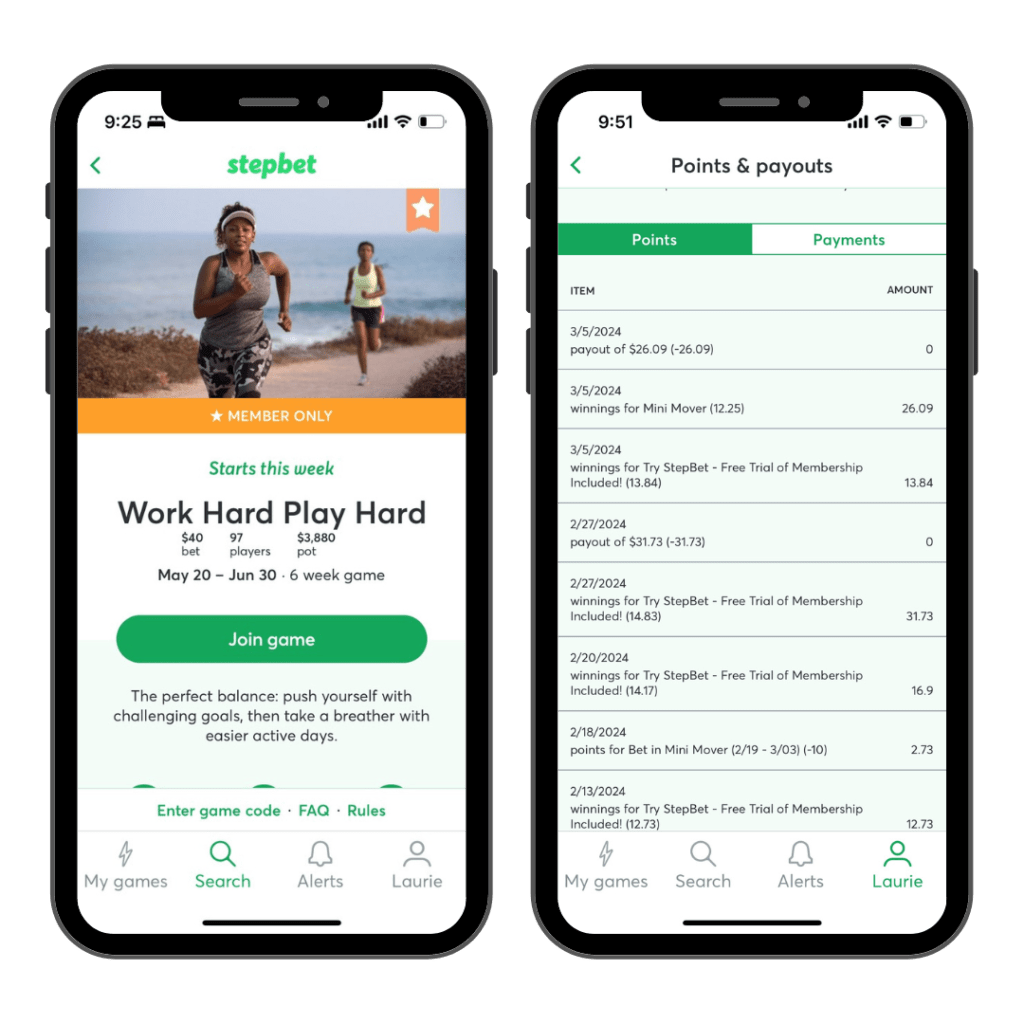
What does become an issue is that the longer you do these StepBets, the more your Step goals increase with each game. I found it necessary to take breaks every 6 or 7 games or so in order for my average daily step count to drop down to a level that was realistic with my schedule. I usually join the 3-week/$10 bet games and the winnings are usually between $12 and $15 per game, which is a 20-50% return on my investment.
The Reward: I can earn anywhere from $6 to $20 per month when I’m actively participating in games.

WayBetter
From the same folks that offer StepBet, this app offers a much wider variety of games focused on different areas of health such as nutrition and mindset, not just fitness. Games include activities such as running, drinking water, reading books, eating fruits and vegetables, meditating, and strength training.
I don’t love that this app mentions weight loss as a way to promote better health, BUT I will give them credit for branching out beyond DietBets, where they only use the scale to measure progress. It’s several steps in the right direction and I’m hopeful that they’ll continue to shift their focus away from weight as a measure of progress.
What I like most about this app is that they offer a wider variety of games, and they games can be quick and cheap. For example, I can participate in a 2-week game for as little as $10.
How it works:
- For each game, the participants’ entry fees go into one big pot.
- If you lose the game by failing to meet the requirements for the duration of the game, your money stays in the pot.
- If you win the game by meeting all of the game’s criteria you’ll get your money back PLUS your share of the pot left over by the participants who lost the game.
So if I win my game, I not only get my initial investment of $10 back, but I also win a share of the entry fees that were forfeited by participants that lost the game.
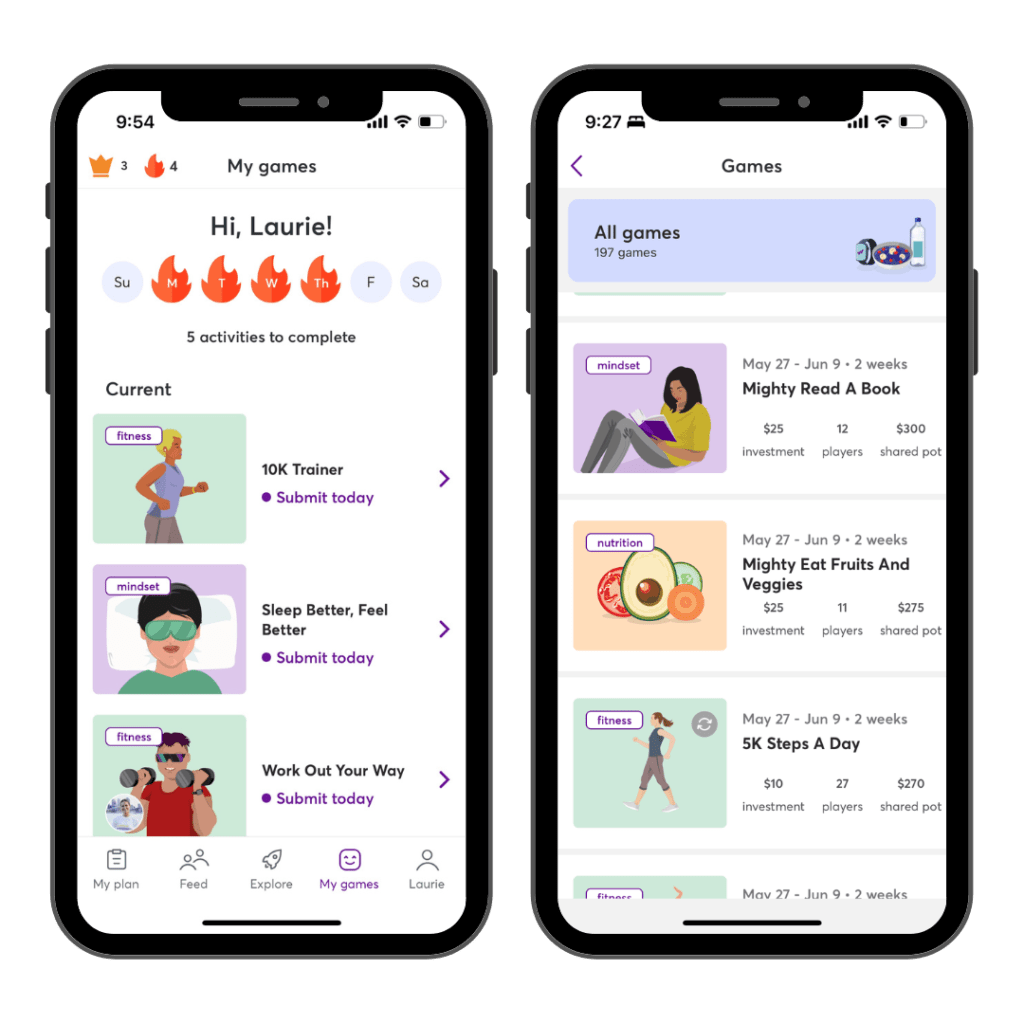
Game duration can be from 2 to 8 weeks and cost anywhere from $10 to $100. Personally, I prefer the $10/2 week games because of the quick turnaround.
It does require a 6-month membership fee of $68.99. Members can participate in up to 10 games at a time.
The Reward: My $10 games have ended with anywhere between a $12 – $16 payout and my most recent $25 game had a $32 payout.
Final Thoughts
Even though I love being active, I’ve come to accept that a little external motivation goes a long way to get me moving. These fitness apps provide that extra nudge I need to stay consistent.
If you’re like me and looking for that push to get you out the door, on a walk, or in the gym, consider giving these apps a try.
Here’s to staying active, staying motivated, and collecting those points (and cash!) along the way!

